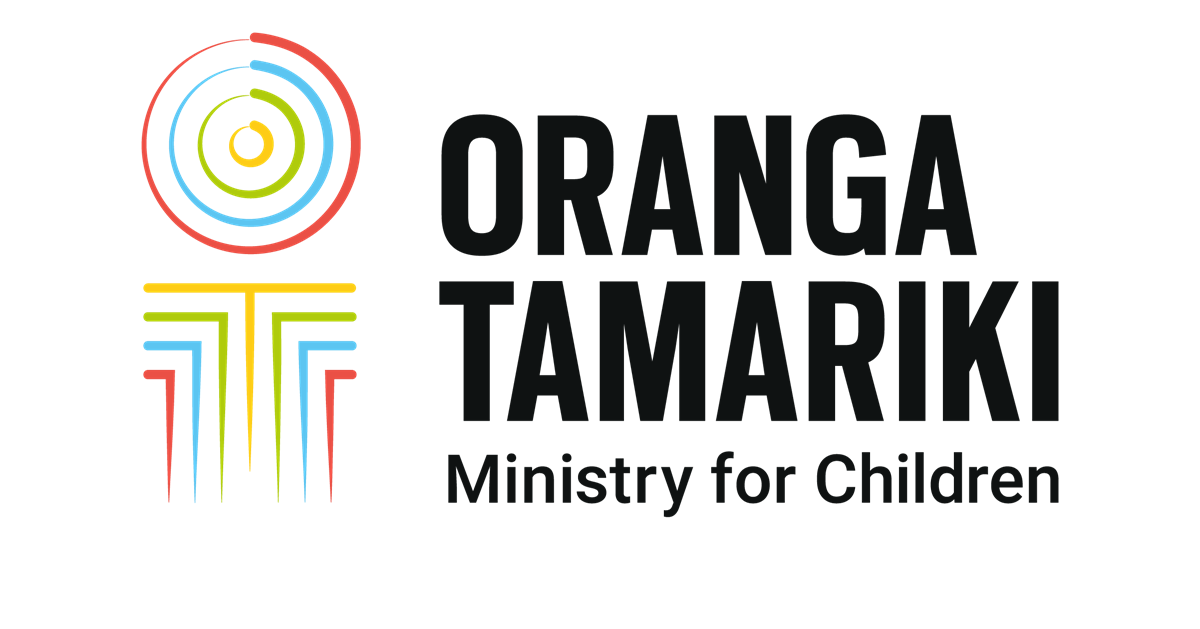Family violence and sexual violence: Evidence briefs
Published: September 11, 2020
Two evidence briefs that support the Oranga Tamariki family violence and sexual violence work programme.
Background
Oranga Tamariki is leading two projects as part of the Joint Venture Family Violence and Sexual Violence: services for children and young people who are victims of sexual violence and services for children and young people who display concerning or harmful sexual behaviours (HSB).
The Oranga Tamariki Evidence Centre recently completed two evidence briefs for this work programme:
- Understanding Māori perspectives: tamariki and rangatahi who are victims of sexual violence or display harmful sexual behaviour
- Support for children and young people who are victims/survivors of sexual violence or display concerning or harmful sexual behaviour
The Evidence Centre sought to take a holistic approach by looking at contemporary evidence into good practice services from a Māori worldview for children and young people (0-18 years) who are victims of sexual violence or who display harmful sexual behaviour.
They also sought to incorporate broader evidence by looking into best practice mainstream services for children and young people (0-18 years) who are victims of sexual violence or who display harmful sexual behaviours. The latter evidence brief included a wide range of overseas literature.
Key findings
Maori perspectives
This evidence brief acknowledged that mātauranga Māori and tikanga (Māori knowledge and practices) are broadly held and not always available or easily accessible. The following key findings were emphasised:
- Māori have long-held traditions that cherish children and instil mana within individuals and whānau. The colonisation of the motu changed traditional Māori views of sex and sexuality. It also brought historical trauma and new patterns of violence. Sexual violence and their associated harms were uncommon.
- Today Māori views of health and wellbeing are seeing a revival as traditional Māori principles and practices are restored, and in some cases, integrated with Western ideas and practices. Māori-centred and kaupapa Māori service provision is growing. This is leading to more aware and culturally strong sexual violence services.
- These services are still relatively scarce and there is need within the Māori population. Historical trauma, socio-economic disparities, and modern challenges continue to affect a disproportionate number of Māori. More specifically, sexual violence services designed to meet the needs of tamariki and rangatahi Māori who are victim/survivors or display HSB are limited.
- Evidence suggests that greater emphasis is needed on the design, development, and expansion of Māori centred or kaupapa Maori, whānau-centred sexual violence services, for tamariki and rangatahi Māori who are victim/survivors or display HSB.
Support for children and young people
This evidence brief noted that it is vital that the development of services for those who are victims/survivors of sexual violence and for children and young people who display concerning or harmful sexual behaviour are informed by the latest evidence and best practice guidance. The following key findings were emphasised.
- Therapeutic approaches for supporting victims/survivors of sexual violence:
- Children and young people who are victims/survivors of sexual violence are often psychologically impacted and likely to continue to suffer further short- and long-term negative outcomes.
- Cognitive behavioural therapy has been found to be more effective in addressing these issues than treatment informed by other approaches.
- Identifying concerning or harmful sexual behaviour:
- Children and young people who display concerning or harmful sexual behaviour are most often male.
- Young people with learning disabilities are more likely to be victims of sexual violence and display these types of behaviours.
- Many studies suggest that the development of concerning or harmful sexual behaviour is related to experience of trauma, in particular adolescents exhibiting concerning or harmful sexual behaviour are more likely to have been the victim of sexual violence or harmful sexual behaviour themselves.
- Assessment tools and treatment models for children and young people who display concerning or harmful sexual behaviour:
- Several assessment tools and treatment models have been developed internationally; however, there are not many that have been designed specifically for females or younger children (pre-adolescent) who display concerning or harmful sexual behaviours.
- U.K. national guidelines and much of the literature recommend the use of cognitive behavioural therapy, multisystemic therapy and a move towards strengths-based models of treatment and intervention.
- Any assessment or intervention should be chosen and delivered based on the individual’s needs, stage, gender, learning ability and wider family and societal context.
- Service responses for prevention of sexual violence:
- Services for both victims/survivors of sexual violence and those who display concerning or harmful sexual behaviour emphasise the importance of taking a holistic view of the child, their family and circumstances, and any history of abuse or maltreatment.
- Prevention and early intervention in relation to concerning or harmful sexual behaviour and sexual violence affecting children and young people should be incorporated into any service response.
- Taking a public health approach to addressing harmful sexual behaviour has been proposed.
- The literature highlights the importance of involving educational institutions and outlines the effectiveness of school-based models of prevention, bystander training, and parent-focused programmes.
Research files
-
Support for children and young people
Support for children and young people who are victims/survivors of sexual violence or display concerning or harmful sexual behaviour.
Pdf, 857 KB
-
Understanding Māori Perspectives
Understanding Māori perspectives: tamariki and rangatahi who are victims of sexual violence or display harmful sexual behaviour.
Pdf, 913 KB

